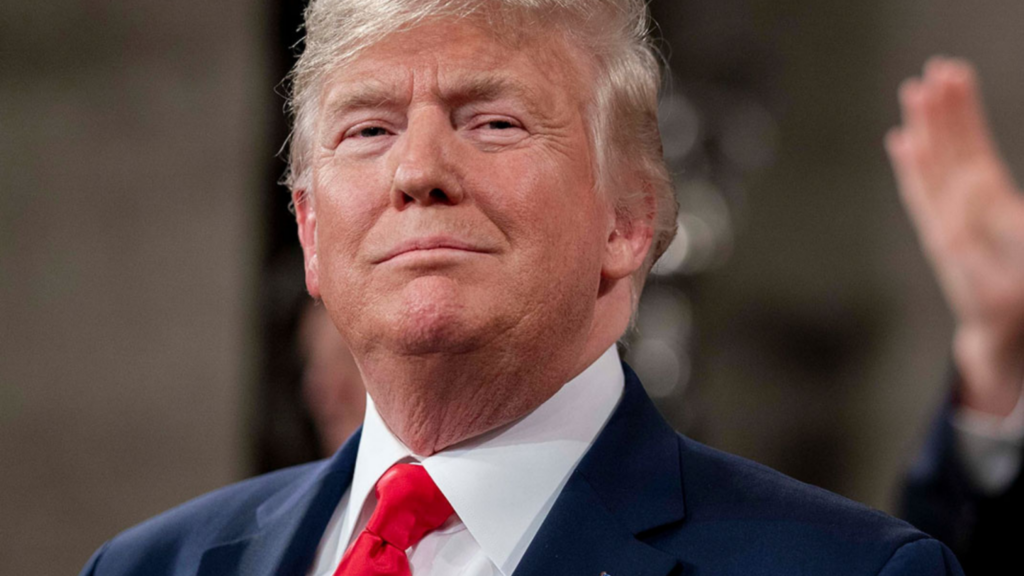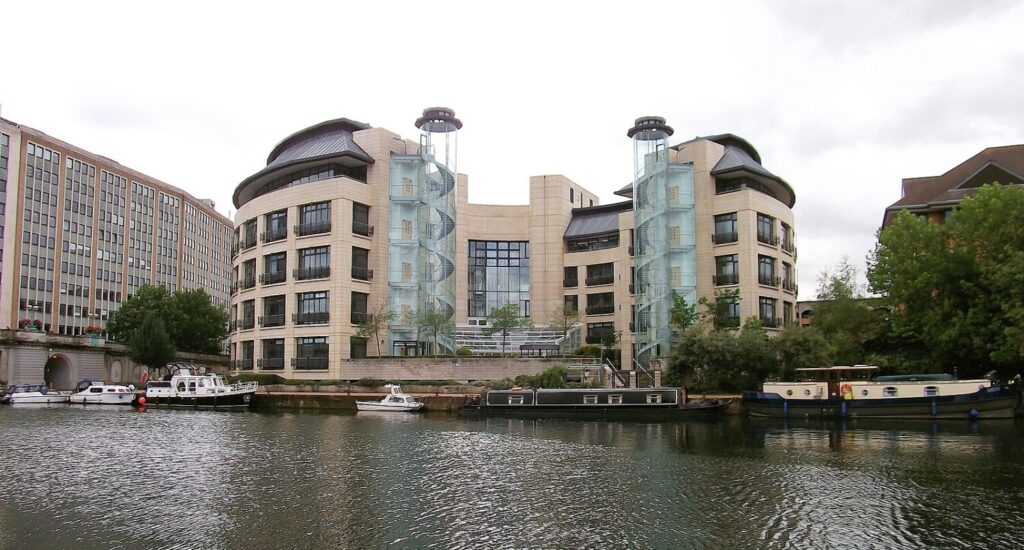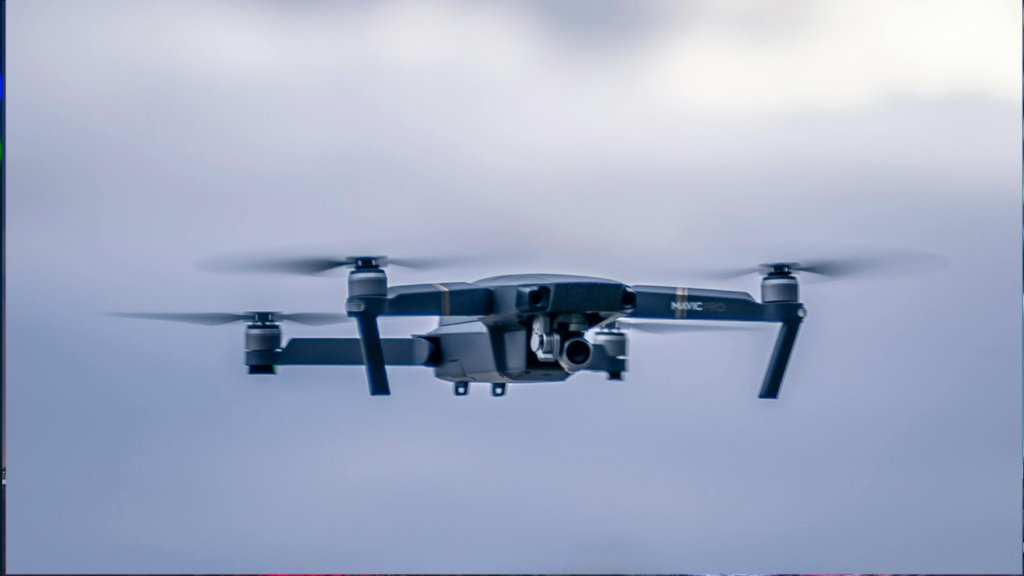Nepal’s Royalist Resurgence: What it Means for Democracy?
On May 29th, over a thousand protesters and supporters of Nepal’s former King gathered in the capital, Kathmandu, calling for the restoration of the constitutional monarchy. Protesters marched into the city center, shouting chants such as “Our King is dearer than lives… King came back and saved the country.” The monarchy that was established almost 17 years ago, for many Nepalis still represents a time of stability and national pride. Since the monarchy’s abolition in 2008, Nepal has cycled through a dozen governments, each plagued with infighting and corruption. Nepal’s post-pandemic economy has also consistently struggled, with youth unemployment skyrocketing and inflation driving up the cost of living. Additionally, the monarchy’s close ties to Hinduism further contributed to its removal and the subsequent secularization that followed, leaving a void in national identity. Nepal’s current government lies at a crossroads: suppressing the protests could exacerbate public anger, while yielding to royalist demands could undermine Nepal’s democratic framework.
The Fall of Nepal’s Monarchy
In 2008, Nepal’s newly elected Constitutional Assembly held its first meeting, ending the 239-year-old monarchy. In the months following this, the word “Royal” was dropped from the army and national airlines, and any references to the King in the national anthem were removed. According to Randeep Ramesh, a journalist for the Guardian, “The fall of the house of Shah is a story of bloodshed, betrayal, and intrigue.” The monarchy persisted for almost two and a half centuries even when the palace officially ceded power to parliament in 1990. When King Gyanendra, the former King Birendra’s younger brother, came into power, he made his disdain for Parliament clear and made multiple attempts to seize power, which he eventually succeeded in doing three years later. Regarding this, the King’s former military secretary, Lieutenant General Vivek Shah, explained that “trying to restore absolute monarchy was a disastrous error of judgment, instead of negotiating with the Maoists and bringing them into the peace process.” He added, “This was [King Gyanendra’s] arrogance, he did not listen to the view he disagreed with.”
By the end of the King’s rule in 2008, street protests forced the palace to concede to a coalition of political parties and Maoist rebels, who joined forces to oust the royalty.
Dissatisfaction with Democracy
Today, protestors are demanding a return to a pre-democratic political order. According to 35-year-old street vendor Rajendra Taman, “the government’s presence in the last 17 years have failed to deliver on their promises of development, job creation, and improving the living conditions of people.” Every year, thousands of young people are forced to leave their countries in search of work in the Middle East, South Korea, and Malaysia. The Rashtriya Prajantra Party (RPP), organized Friday’s rally and called on all pro-royalist, Hindu-nationalism, and anti-federalist forces to join. During the protest, several buildings and vehicles were vandalized including offices of political parties and media outlets. Police responded by launching tear gases, water cannons, and baton beatings against the protestors.
“With such violence, pro-monarchists have weakened their campaign to restore the King,” said Bhmuka Paudel, an undergraduate student, to DW.
The pro-monarchy movement first gained momentum when former King Gyanendra urged his supporters to take on a more active role in Nepal’s politics. In fact, in an address on Nepal’s democracy day, he called for his supporters to “protect the nation, upholding national unity, and strive for prosperity.” On March 9, upon his return from Western Nepal, thousands of supporters welcomed the King to the capital. Most of the King’s support came from rural populations for whom the monarchy was seen as a historically unifying force in a diverse and fragmented society. The monarchy was seen as a symbol of stability in contrast to federal democratic reforms that often failed to deliver tangible improvement in rural life, leading to frustration and disillusionment.
Political Instability and Growing Divisions
Nepal’s Rural vs Urban Populations
Different Sector’s Support for the King
These demonstrations from the King were not met without backlash and raised concerns about political instability and a deepening division between pro-republic and pro-monarchist forces. On Wednesday Nepal’s Prime Minister SP Sharma Oil warned, “If anyone tries to hinder the country’s progress or flow over time, it will not be tolerated”. Even more so, local media report Prime Minister Oli alleged discussing arresting the former king, “should he attempt to incite unrest.” The RPP’s senior vice chair, Rabindra Mishra, warned that suppressing the movement could further fuel and anger the resistance movement.
The Future of the Nepali Monarchy
In all of this, the former King’s return to political power is still unclear. The most recent election held in November 2022 led to a hung parliament with multiple parties fighting for control in the House, leading to frequent changes and instability. Editor-in-Chief of Dessanchar, Yubaraj Ghimire thinks that the groundwork has been laid for the monarchy’s reinstatement, as “the current Constitution has failed in implement federalism effectively, and growing public frustration with corruption and mis-governance is strengthening pro-monarchist sentiment.” Many see the reinstatement of the monarchy as a sense of national unity, but realistically speaking not everyone sees the restoration of the monarchy as a viable option. Political analyst CD Bhatta describes the monarchy, its unitary government, and the Hindu state as defining Nepal’s past, while federalism, secularism, and republicanism shape its present. He adds that “people feel disillusioned by the political elite leading to nostalgia for the monarchy.” In short, what Bhatta is arguing is that the monarchy is not necessarily a viable alternative to a wavering democracy, it simply gives the illusion of one.
Conclusion
For the time being, Nepal’s political landscape remains uncertain, but one thing is for sure according to Bhatta: “Nepalis are desperate for real change. But neither the Republic nor the royalist forces currently offer a credible alternative.”
Bibilography
Reuters. “Nepal’s Royalists Demand Restoration of Monarchy Dumped 17 Years Ago.” Reuters, 29 May 2025, https://www.reuters.com/world/asia-pacific/nepals-royalists-demand-restoration-mona rchy-dumped-17-years-ago-2025-05-29/.
Deutsche Welle (DW). “Nepal’s Monarchy: Is a Royal Revival on the Horizon?” DW, https://www.dw.com/en/nepals-monarchy-is-a-royal-revival-on-the-horizon/a-720697 81. Accessed 2 June 2025.
Perlez, Jane. “Nepal Abolishes Monarchy.” The Guardian, 28 May 2008, https://www.theguardian.com/world/2008/may/28/nepal.
The New York Times. “Nepal Protests Over Monarchy Turn Violent.” The New York Times, 28 Mar. 2025, https://www.nytimes.com/2025/03/28/world/asia/nepal-protests-monarchy-violence.ht ml.
The Guardian. “Kathmandu Rally Demands Restoration of Nepal Monarchy.” The Guardian, 28 Mar. 2025, https://www.theguardian.com/world/2025/mar/28/kathmandu-rally-demanding-restora tion-nepal-monarchy.
Al Jazeera. “Nepal Abolishes Monarchy.” Al Jazeera, 29 May 2008, https://www.aljazeera.com/news/2008/5/29/nepal-abolishes-monarchy.



